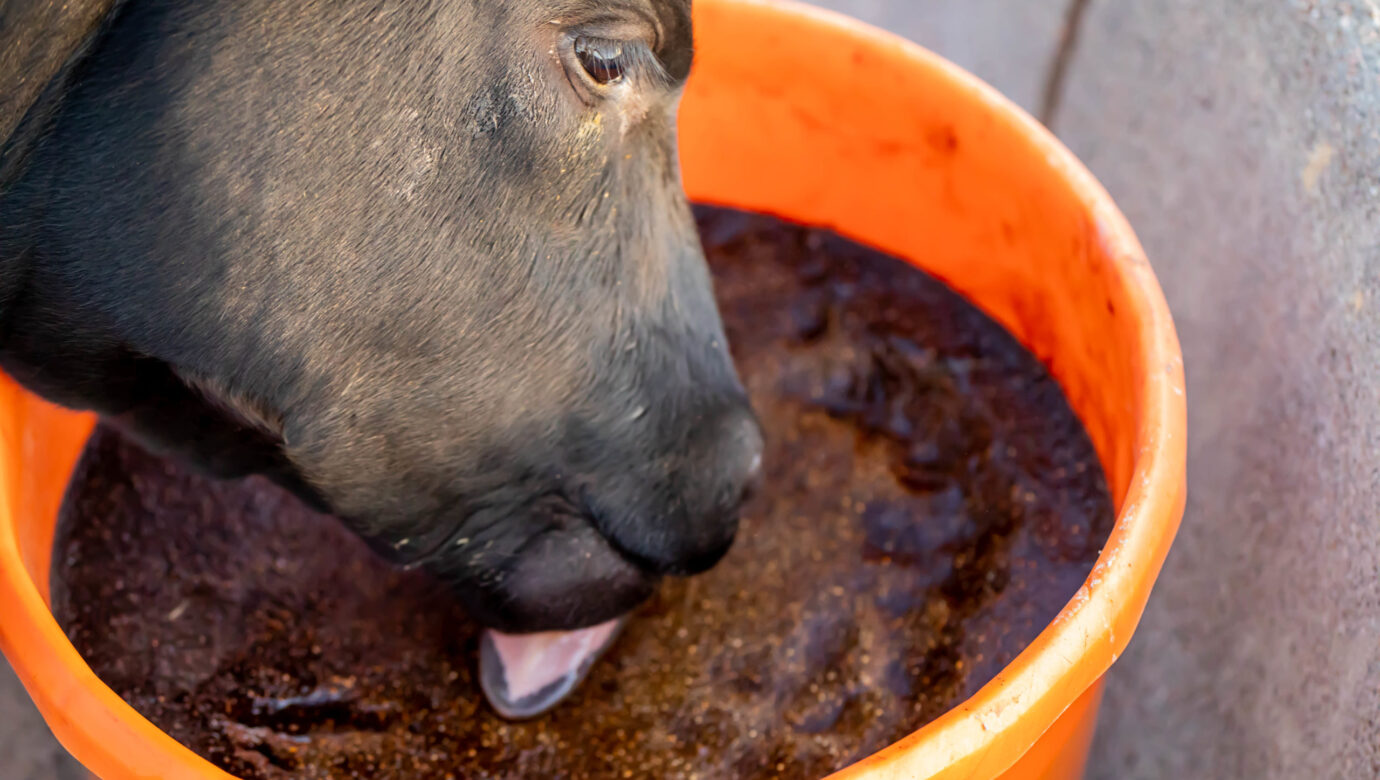
Banking in agriculture [a banker’s perspective for Nebraska beef cattle operations]
What does a bank and a commercial laboratory have in common with your cattle operation? The answer is family values. Dr. Ray Ward founded Ward Laboratories, Inc. on honesty, integrity, and the vision to rebuild and support rural communities. Mr. [...]



